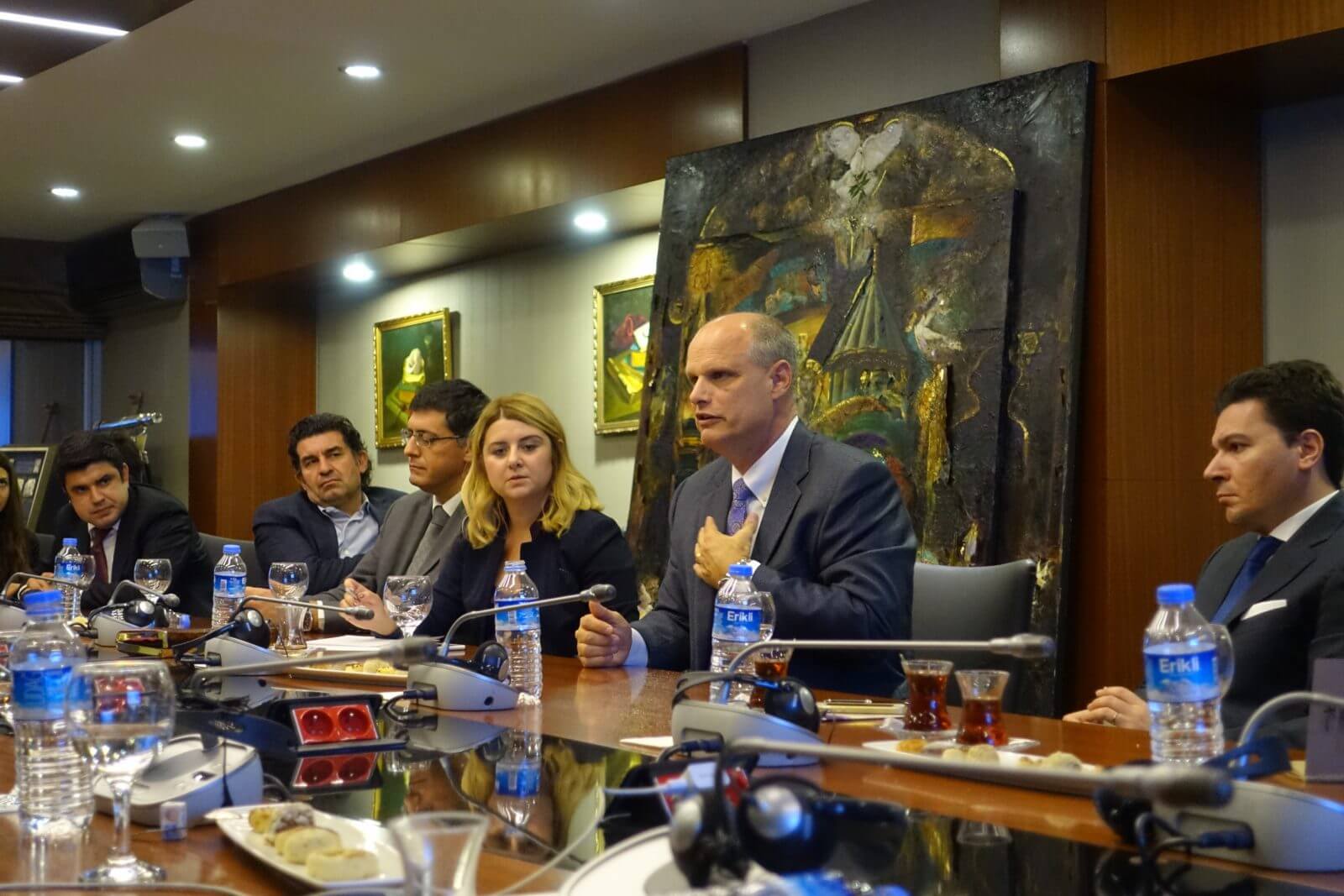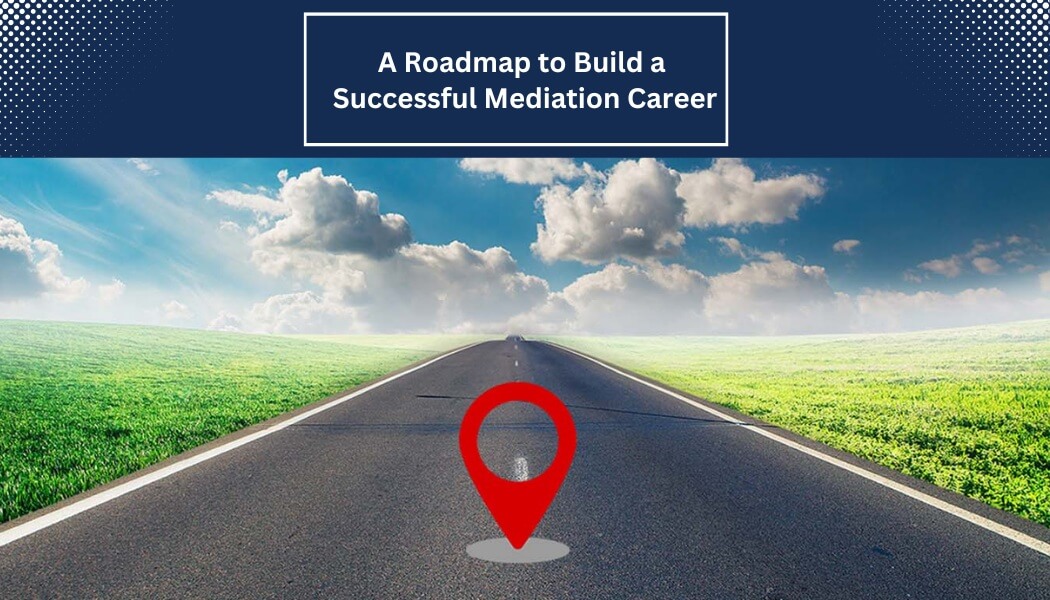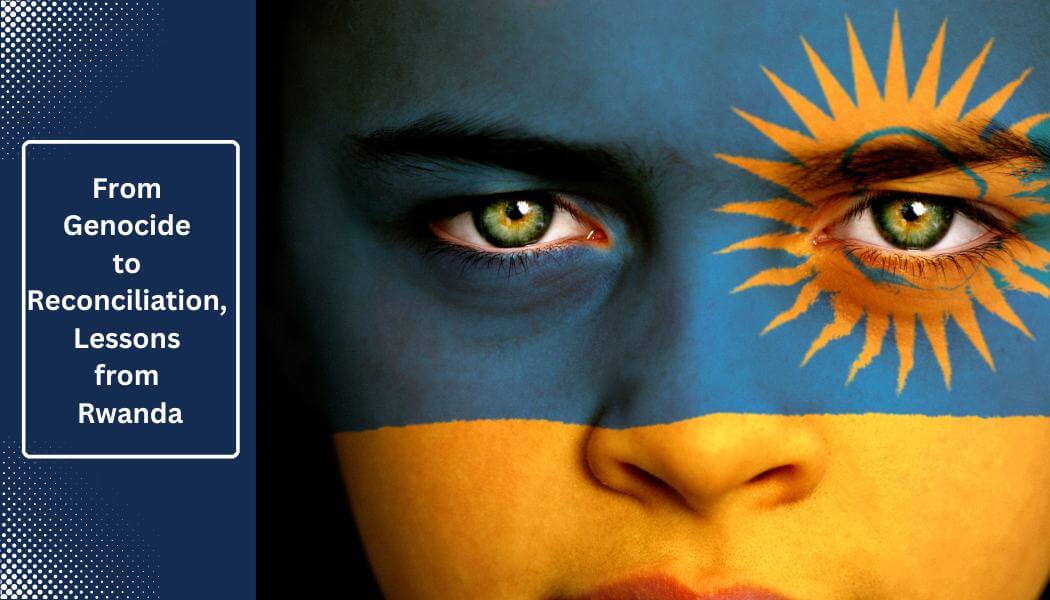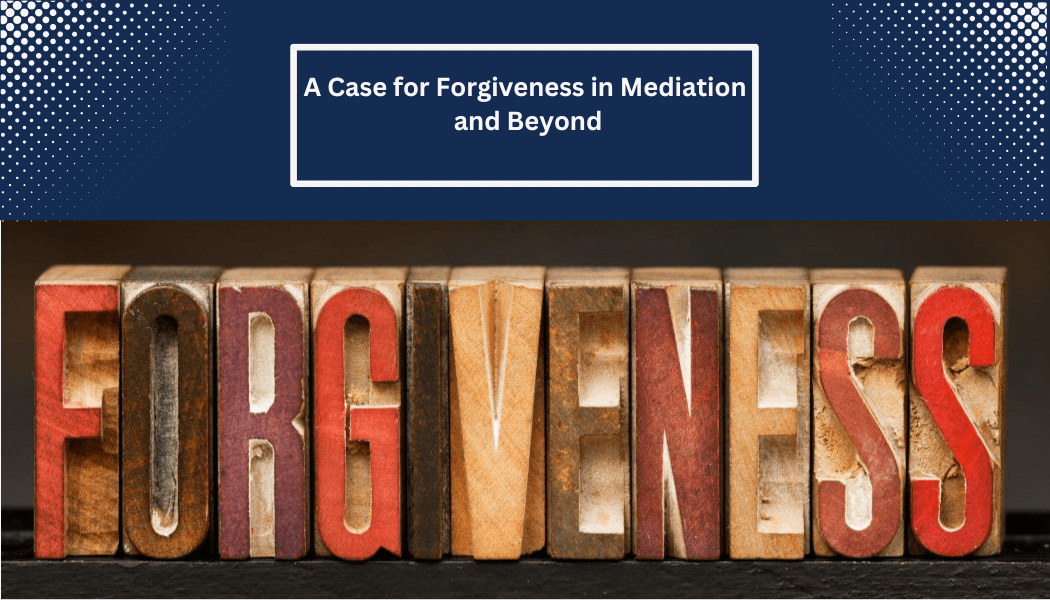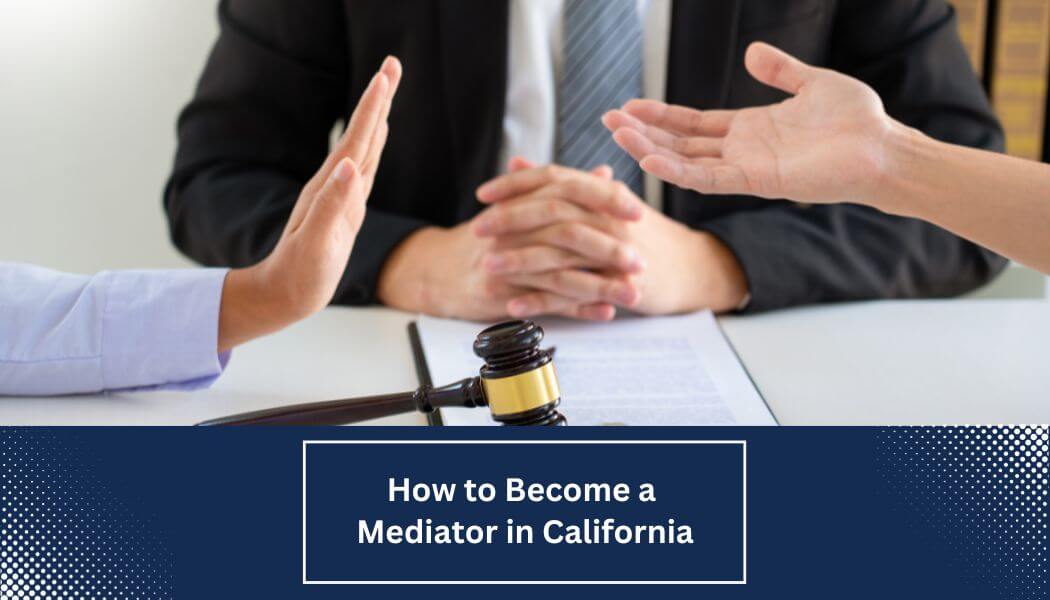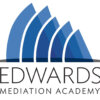Following my recent post on teaching mediation skills in Austria, I received a number of similar responses, the central theme of which questions how I can translate the American mediation experience into a different cultural paradigm.
The answer to this question begins with an understanding of the mediators mind and the concept that whether in teaching or in mediation, one never assumes what is right for someone else. I view my challenge as a teacher to prepare a smorgasbord of choices for an audience reflecting a unique tapestry of background and experience. My goal is to deliver the best of our lessons while remaining true to the core values of the mediation process including needs assessment, self-determination and, of course, ethical considerations.
Any attempt to translate the American experience must first begin by resisting the temptation to label or stereotype. As teachers, we can’t shortchange a discussion that must include reflection on a variety of processes, including community mediation, family law mediation, commercial mediation, transformative mediation and a process relying on the evaluation of the mediator. It’s imperative that when teaching as an American, one provides an honest assessment of all that is embraced in the American experience, both what has worked and what hasn’t. In Austria, for example, where commercial mediation remains in its nascent stage, there is still a developing paradigm as to what will work within their culture. Every Country is unique in their historical approach to dispute resolution, the perceived efficiency of their current court system, and their receptivity to new paradigms of dispute resolution.
The second part of answering the question, how is mediation from the American perspective translated across cultures, involves the perspective of the audience. Here the mediator must listen for the historical experience of the participants and help tailor what message is delivered to fit the needs of that audience. Even then there is a danger in presuming that there is but one cultural overlay present in the audience. For example, when teaching in Kuala Lampur, I was addressing mediators who came from backgrounds of Asian culture, Muslim culture and Indian culture. Their needs and interests in a mediation process ranged from taking breaks for mid-day prayer to different, culturally based approaches to the negotiation itself. Clearly the “one size fits all” approach misses the mark.
While teaching rhymes with preaching, the two styles of communication couldn’t be more different. Teaching involves offering the best of one’s experiences and standing back to see what others find important and relevant to their own lives. In contrast, preaching presupposes the teacher knows in advance what is relevant and important.
At the end of the day, teaching mediation across cultures is a lot like mediating. One must approach the process with a manageable amount of ego, one must appreciate that the audience background is as rich and diverse as any assembled group of people, regardless of culture. Then the teacher must look for ways to connect through stories, examples & other communication techniques to build a bridge in a very short period of time. In both settings the goal is the same; for a brief moment in time, someone’s perspective is changed. They’re forced to look differently at the world around them and hopefully become motivated to act differently than before. Only in this fashion can the effort to translate the mediation experiences across cultures be deemed a success.
Bruce A. Edwards is an ADR industry pioneer and recent chairman of the board of directors of JAMS, this country’s largest private provider of ADR services. Along with his wife, Susan Franson Edwards, Mr. Edwards recently cofounded Edwards Mediation Academy, an online education platform dedicated to improving the skills of mediators around the world.
